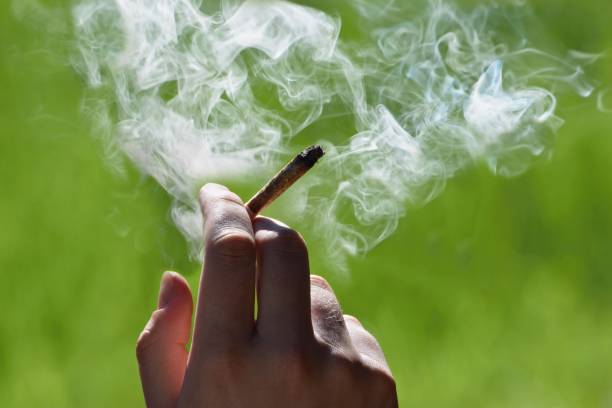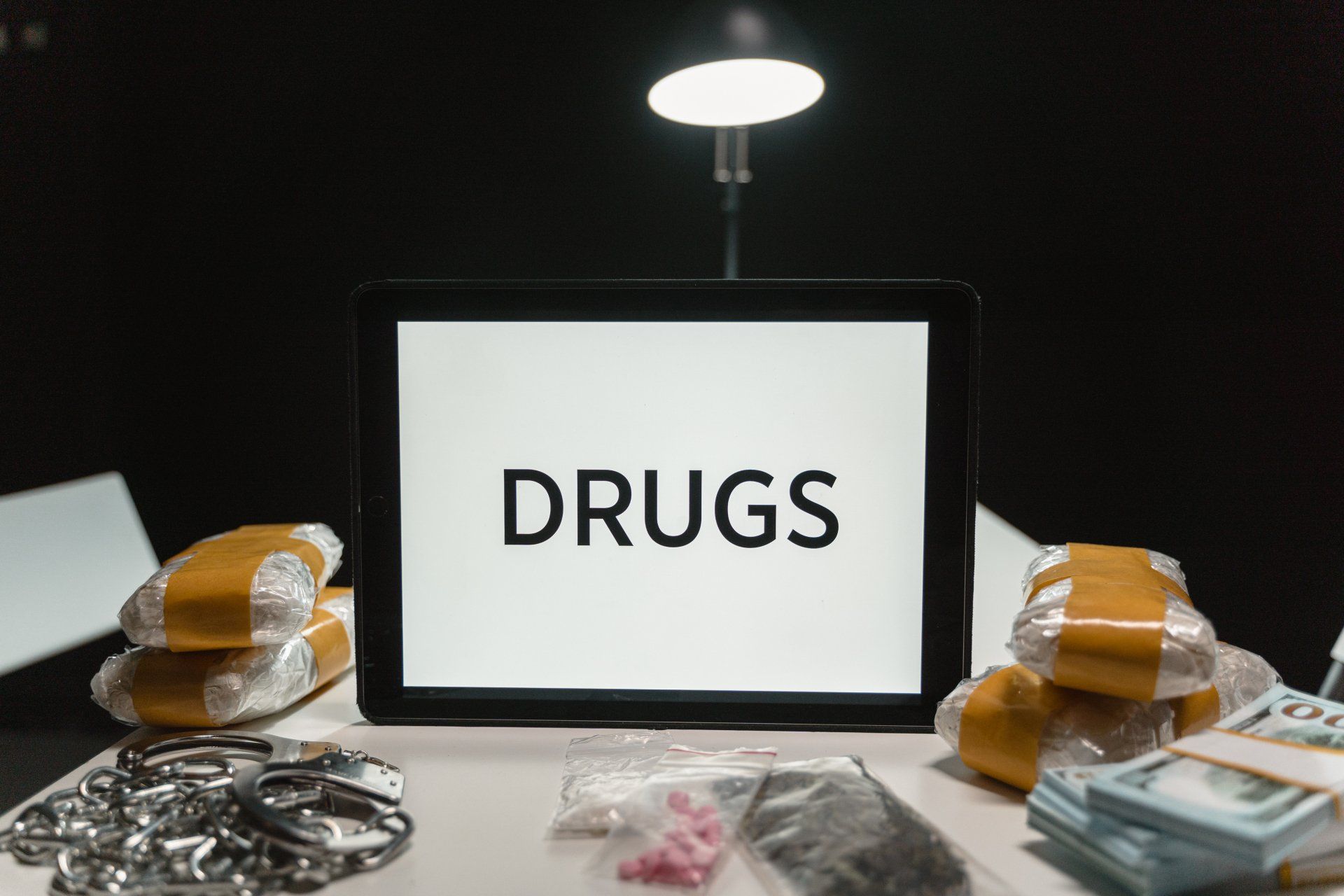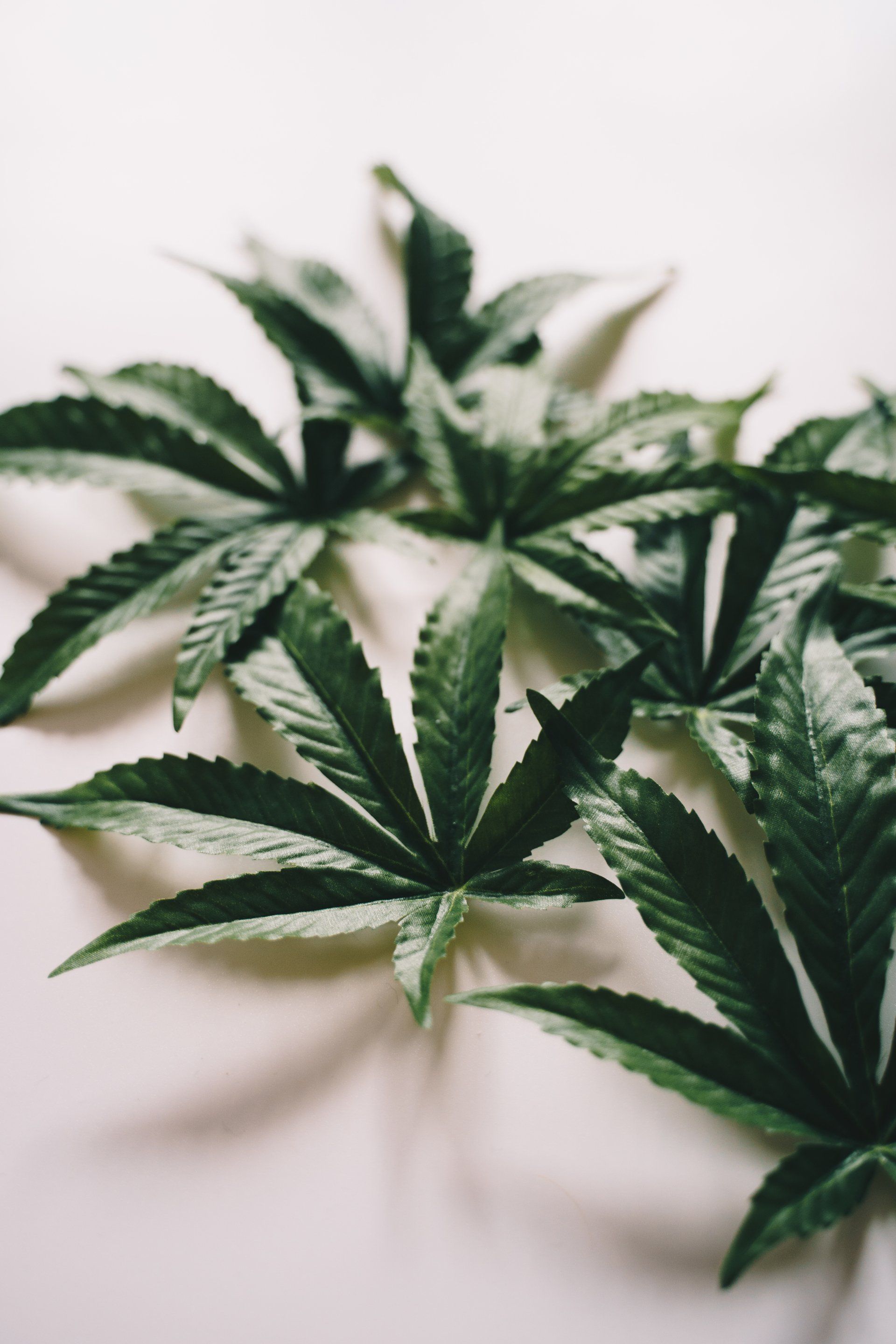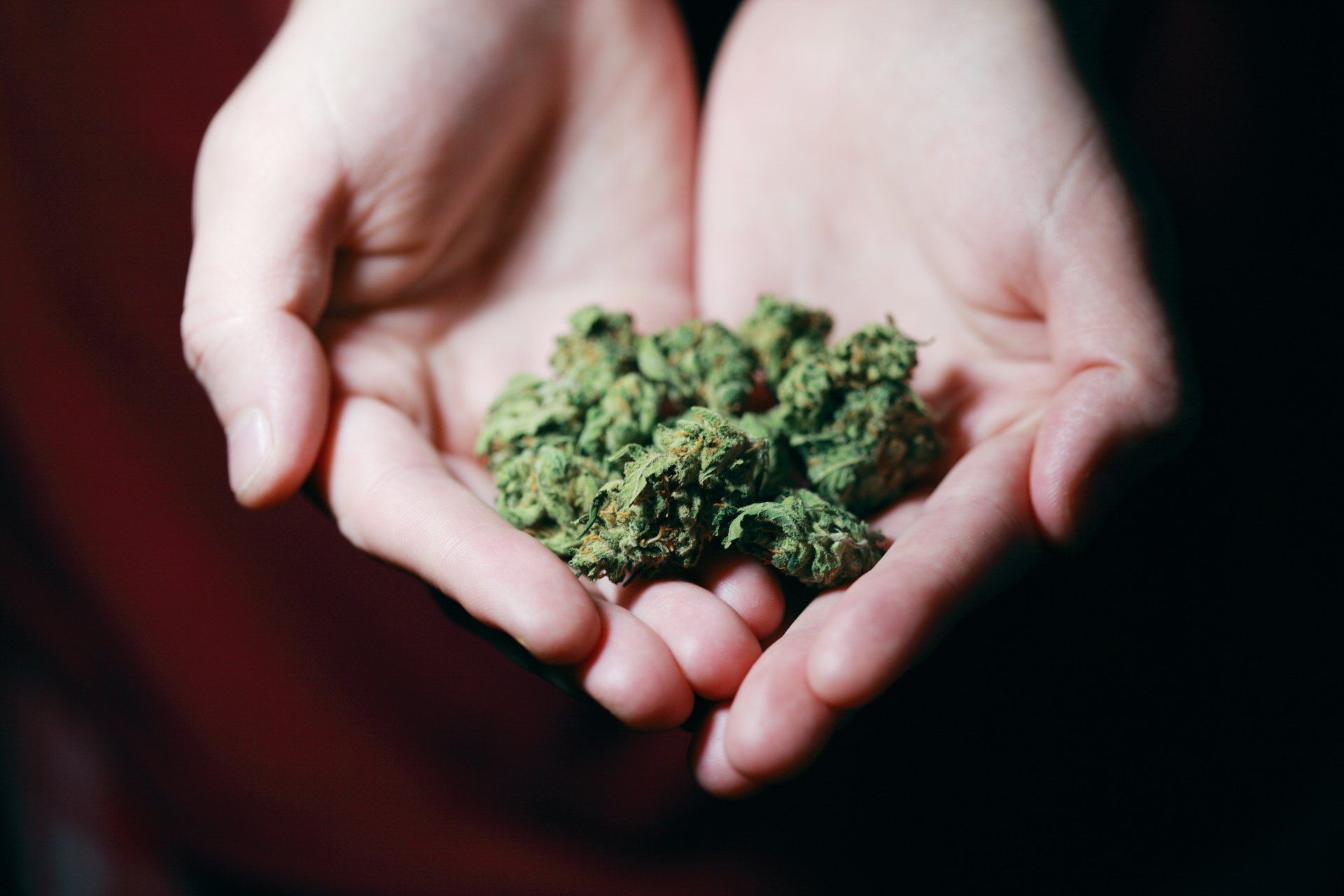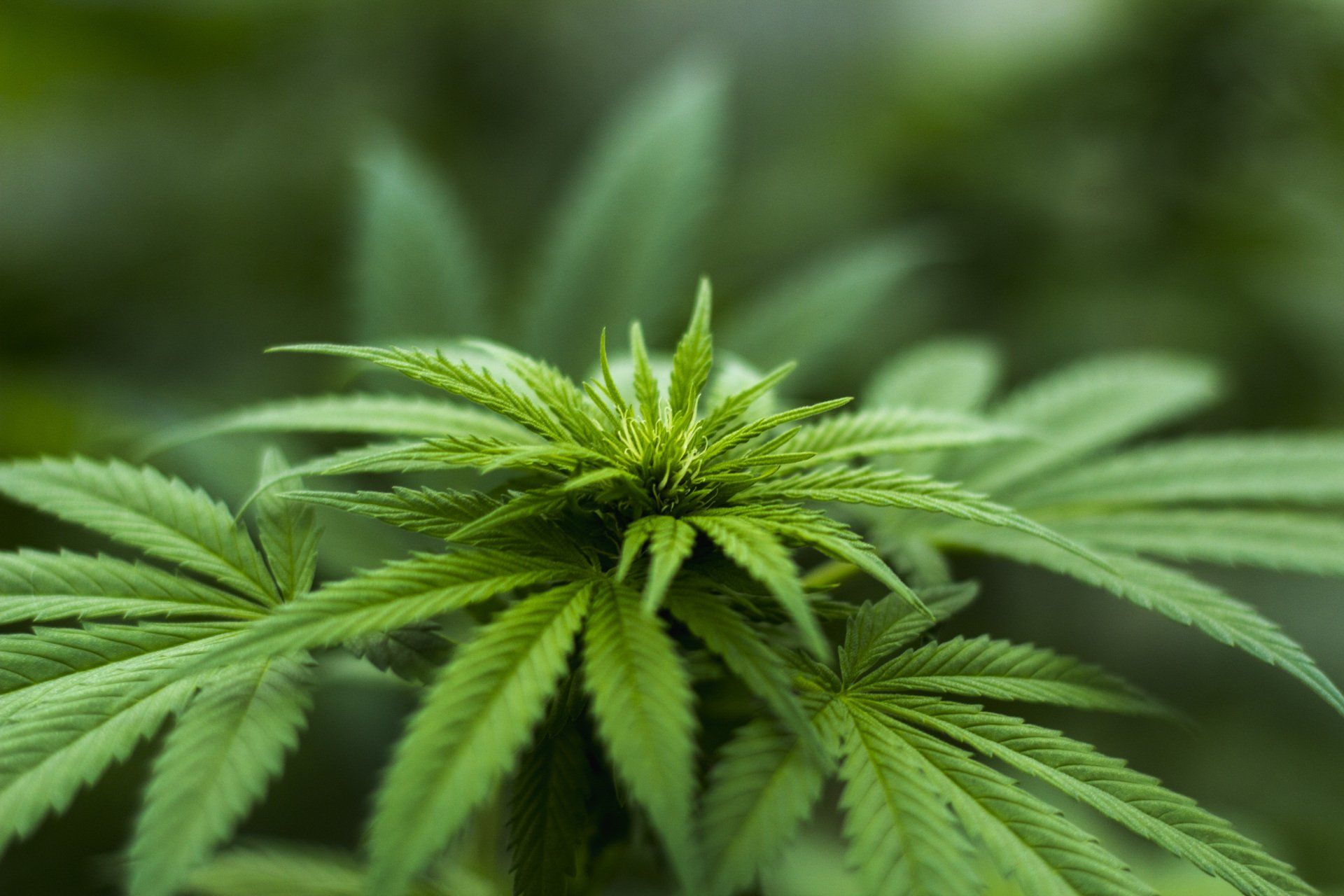Cannabis use amongst teenagers
Cannabis use amongst teenagers is increasing, along with an increase in young people developing cannabis-induced mental illness. How do we stop this dangerous trend? In this blog, I draw on the experience of the 1990s, which managed to reduce cannabis use dramatically.
In the UK, cannabis is the most popular illegal substance across all age groups, with a prevalence of five times more than any other drug used. It is the illegal drug that teenagers first experiment with. In Suffolk, children as young as 11 have been found using cannabis. Teenagers are more likely to have tried illicit drugs than smoking cigarettes – cannabis being the most popular choice.
'One youth worker told me that some young people smoke cannabis like drinking tea'.
According to the 2018/19 NHS Digital survey of 193 UK schools, involving 13,664 pupils, a staggering 38% of 15-year-olds reported that they had tried drugs. That means in a class of 30 children, 11 pupils will have used drugs, mainly cannabis. One youth worker told me that some young people smoke cannabis like drinking tea.
Cannabis use amongst teenagers was at its highest in the 1990s and started to drop at the start of the millennium but is now back on the increase. It is worth looking at some of the reasons Cannabis use dropped to see if there are any lessons we can learn today.
This change in teenage behaviour in the 90s could be down to several factors - more health awareness programmes taking place, schools being more proactive with drugs awareness, parents being more open about talking about drugs to their children, more media stories exposing the dangers and, of course, the increased number of research papers exposing the dangers of cannabis. Governments can also take some credit. In 2003 the then Labour Government invested in a major cannabis/drugs awareness campaign called 'Talk to Frank' (www. talktofrank.com). The Government substantially invested in a major advertisement campaign with the media – TV, newspapers, and cinemas. It also produced information packs for schools and advice to parents; it reached out to millions of young people. The website is still up and running. This campaign undoubtedly had a positive impact because. Cannabis use dropped dramatically when 'Talk to Frank' was launched (2003). Unfortunately, cannabis use started to flat-line at the same time the new Government decided to cut the Talk to Frank budget in 2012. Since then, cannabis use has increased, so I will leave the reader to draw their own conclusions on the wisdom of cutting the Cannabis awareness budget.
Another major factor is the legalisation of cannabis that is taking place in many countries around the world – medical use of cannabis is legal in the UK. This has sent a very confusing message to young people; legalising cannabis has given the green light to teenagers – we adults are inadvertently saying that it is ok to use. That is why we desperately need a balanced debate about the legalisation of cannabis. Yes, there are powerful arguments for legalising cannabis, but equally, there are compelling arguments to be more cautious, especially if we want to protect young people's mental health. It is essential that we adults give young people the correct information about cannabis and make them aware that cannabis can harm young peoples minds and leave them with permanent damage to their brains.
We managed to reduce smoking by users being honest about the dangers and the Government actively dissuading people from smoking. Young people were given an informed choice. If we are to tackle this cannabis epidemic amongst teenagers, the Government must show leadership on this issue and start reinvesting in a major cannabis awareness program; otherwise, we will sleepwalk into a major teenage public health issue.
This blog is an extract from my book 'Gone To Pot – Cannabis: What Every Parent Needs To Know'.
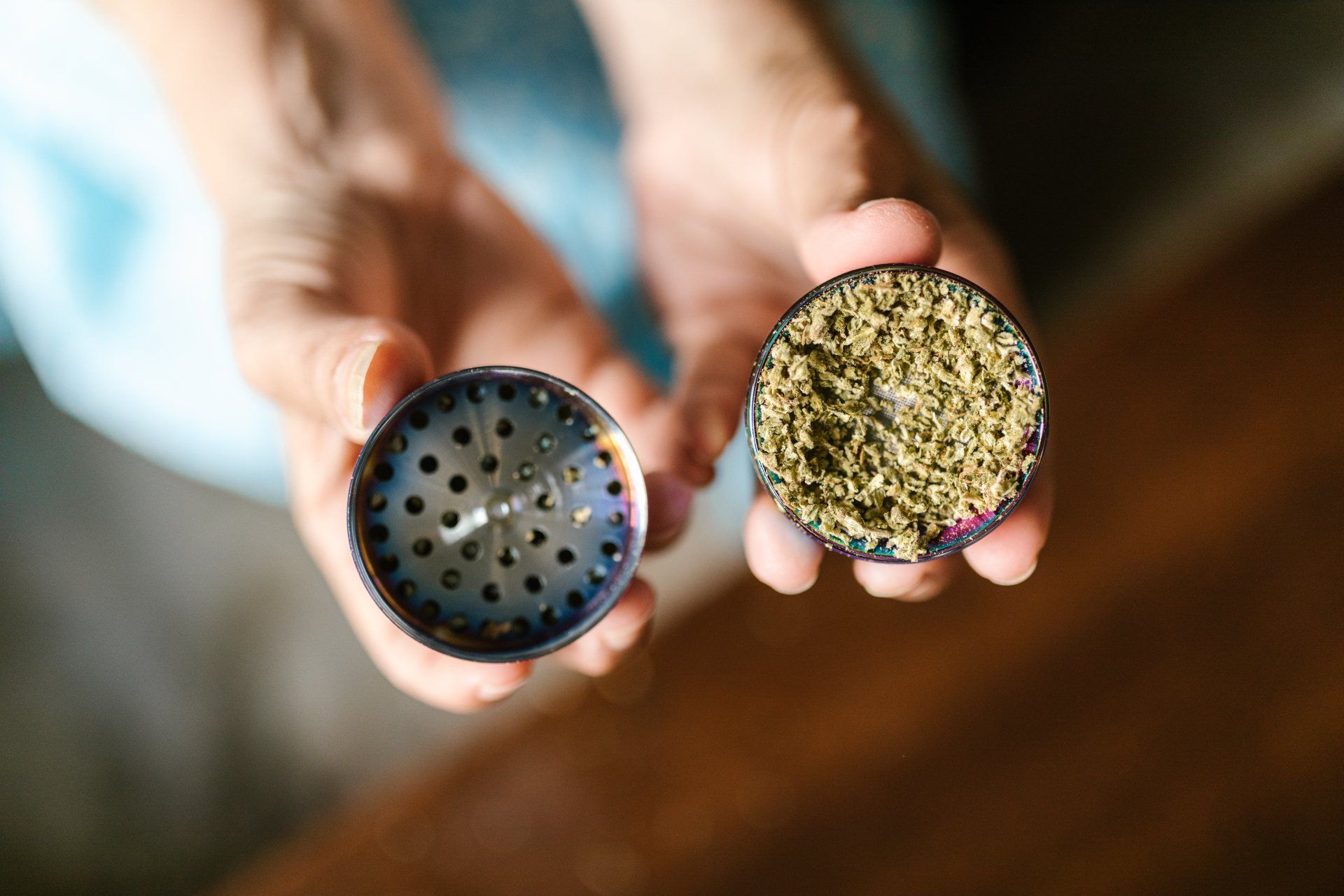
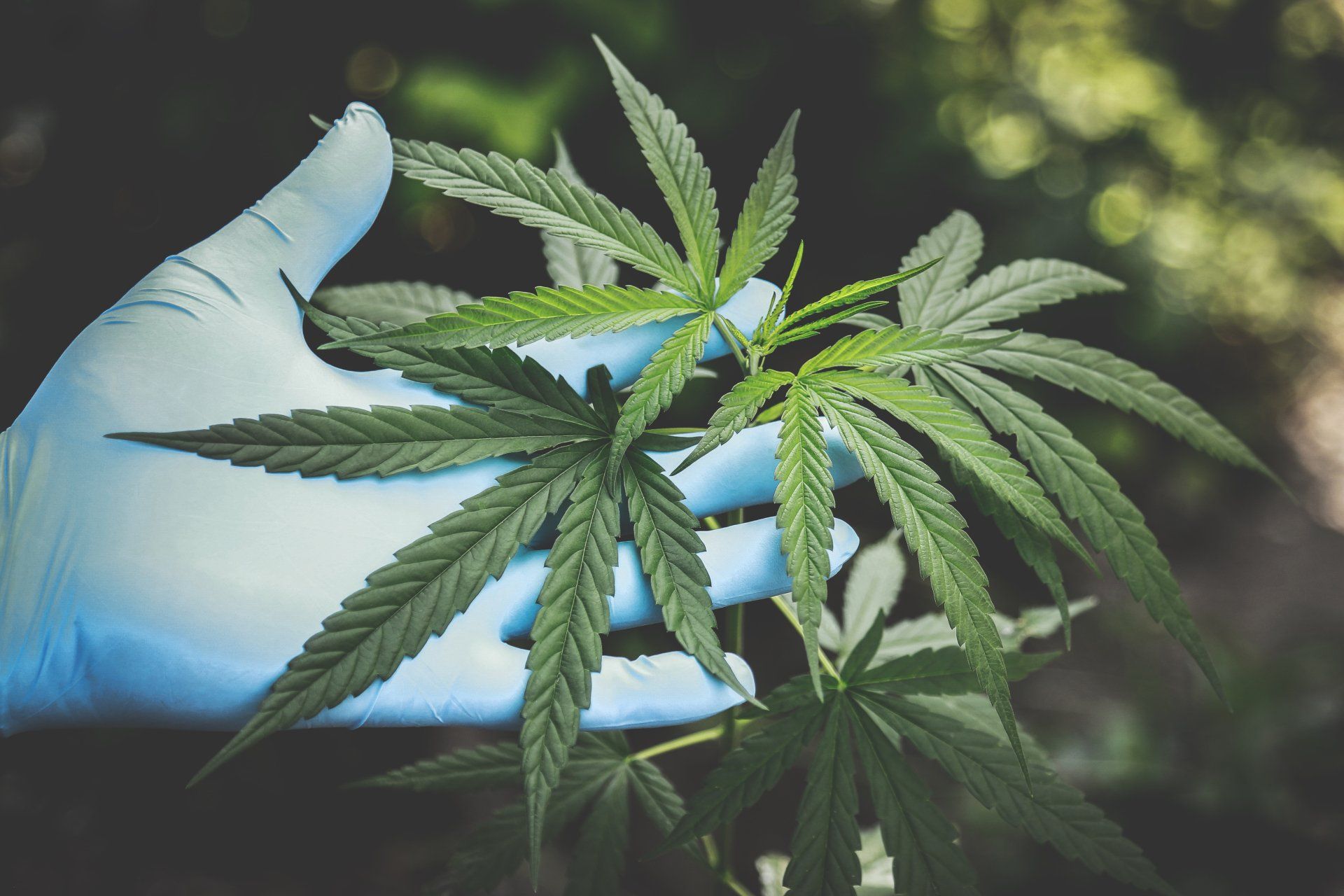
New book explores the ticking time bomb of cannabis and its impact on the mental health of teenagers
